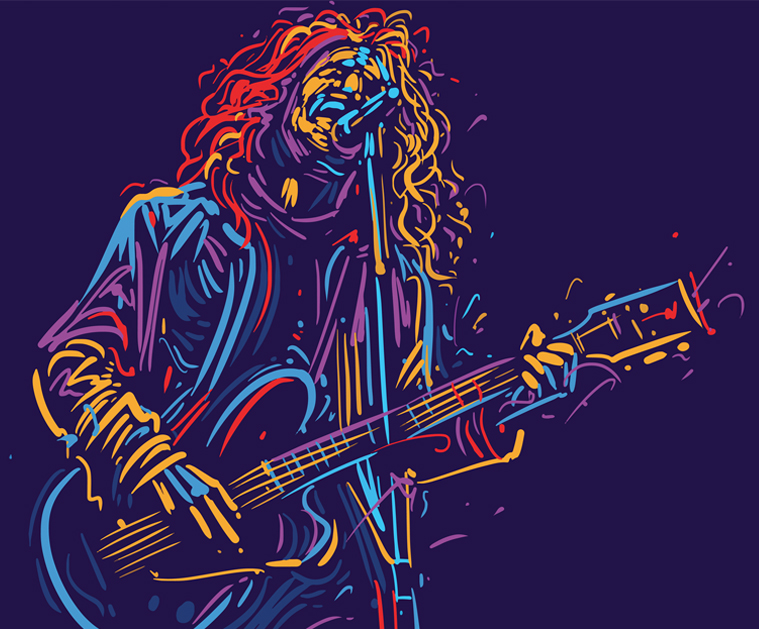Community art projects have long been a vibrant expression of collective creativity and local culture. These initiatives go beyond mere beautification—they cultivate a deep sense of belonging and foster a dynamic dialogue among residents.
Through murals, sculptures, and interactive events, art becomes a communal activity, one that enriches both the aesthetic and social fabric of neighborhoods.
What Are Community Art Projects?
Defining the Concept
Community art projects are collaborative public art initiatives that involve and reflect the communities in which they are situated.
Unlike traditional public art, which might be commissioned by city planners or private entities without extensive public input, community art is deeply democratic, often driven by the residents themselves or by organizations deeply rooted in the community.
Types of Community Art Projects
- Murals: Large-scale paintings on public walls, often vibrant and storytelling, crafted by local artists with community input.
- Sculpture Installations: Public three-dimensional artworks that transform spaces such as parks and city squares, encouraging interaction and engagement.
- Interactive Art Events: These include activities like community paint days, where people of all ages come together to paint part of a large canvas, or art walks that turn local art viewing into a communal experience.
The Historical Context of Community Art
Early Examples and Their Impact
Historically, community art projects began as grassroots efforts to beautify urban environments while providing a platform for social commentary.
In the early 20th century, such projects often emerged in response to industrialization and urban decay, offering a form of resistance and reclaiming of community spaces.
Evolution Over the Decades
Over time, the themes of community art projects have shifted from mainly political and protest themes to more inclusive and celebratory expressions of cultural identity and community pride.
Advances in materials and digital technologies have also expanded the scope and scale of these projects.
Benefits of Community Art Projects
Enhancing Community Engagement
Art projects serve as a powerful catalyst for bringing together people from different backgrounds. They provide a space for dialogue, collaboration, and mutual understanding, which are essential for cohesive community development.
Social Benefits
- Fostering a Sense of Belonging: Shared artistic endeavors create a collective identity and pride, making residents feel more connected to their neighborhood.
- Reducing Social Isolation: Participating in art projects can be particularly empowering for marginalized groups, providing them with a voice and a visible presence within the community.
Economic Impact
Community art projects can stimulate local economies. They attract tourists, bolster local businesses, and can lead to increased property values due to the improved attractiveness of the area.
Challenges and Considerations
Funding and Resources
Securing funding is often the most significant challenge. While some projects receive grants or public funding, others rely on private donations or volunteer efforts, which can be less stable.
Community Involvement
Ensuring that a project genuinely reflects diverse community voices requires deliberate outreach and engagement strategies, especially in culturally diverse areas.
Longevity and Maintenance
The sustainability of art installations is another challenge, requiring plans for maintenance and potential restoration, which involves ongoing community support and funding.
Case Studies of Impactful Community Art Projects
Mural Projects That Transformed Neighborhoods
In cities like Philadelphia and Chicago, extensive mural programs have turned urban areas into open-air galleries, engaging local communities in both the creation and celebration of art, thus enhancing neighborhood pride and cohesion.
Interactive Art Installations and Their Reception
San Francisco’s Exploratorium features interactive installations that invite participation and scientific exploration, proving that art can be a bridge between education, entertainment, and community engagement.
How to Get Involved in Community Art Projects
For Artists
Artists looking to contribute can engage with local arts organizations or community groups to find opportunities that align with their skills and passions. Networking with local arts councils or participating in community art workshops can also provide valuable connections.
For Non-Artists
Even those without a formal background in art can support community art projects by volunteering their time, donating resources, or simply participating in events and spreading the word.
Conclusion
Community art projects do more than beautify spaces—they build bridges between individuals and across communities, fostering a collective spirit and enhancing local culture.
For those inspired to become part of this vibrant community initiative, East End Arts offers numerous ways to get involved, from participating in community art projects like the annual Mosaic Street Painting Festival to attending workshops and classes events designed to unleash creative potential in everyone.
This article encapsulates the transformative power of community art projects, weaving historical insights with contemporary examples and practical advice for getting involved, providing a comprehensive guide for both seasoned art enthusiasts and newcomers alike.






